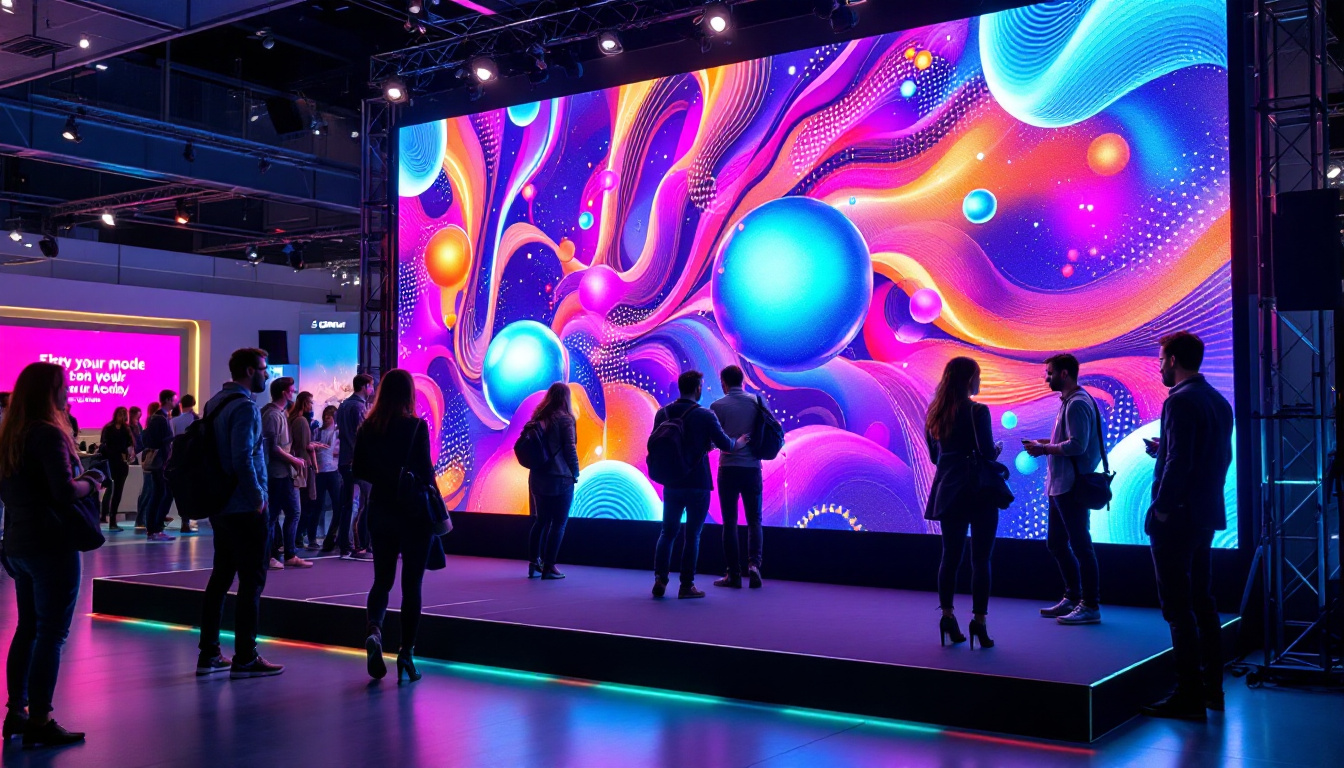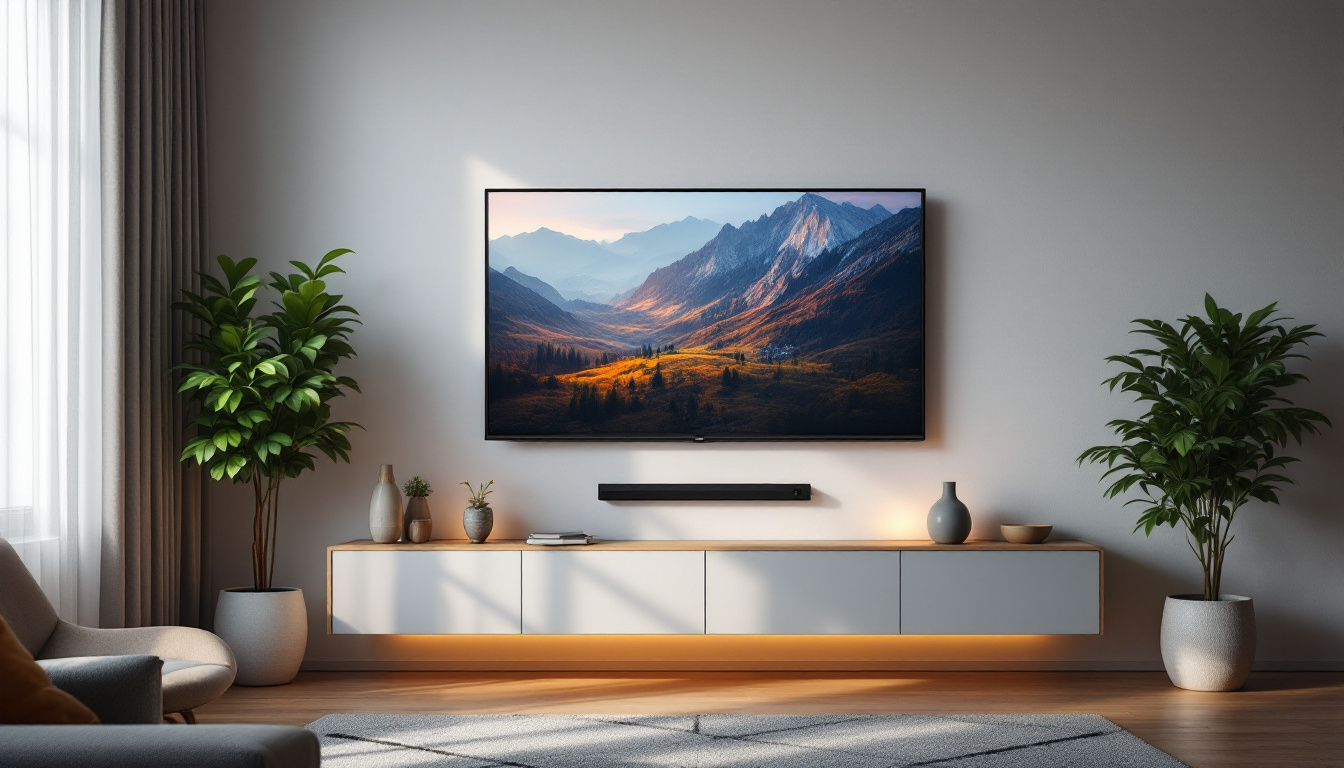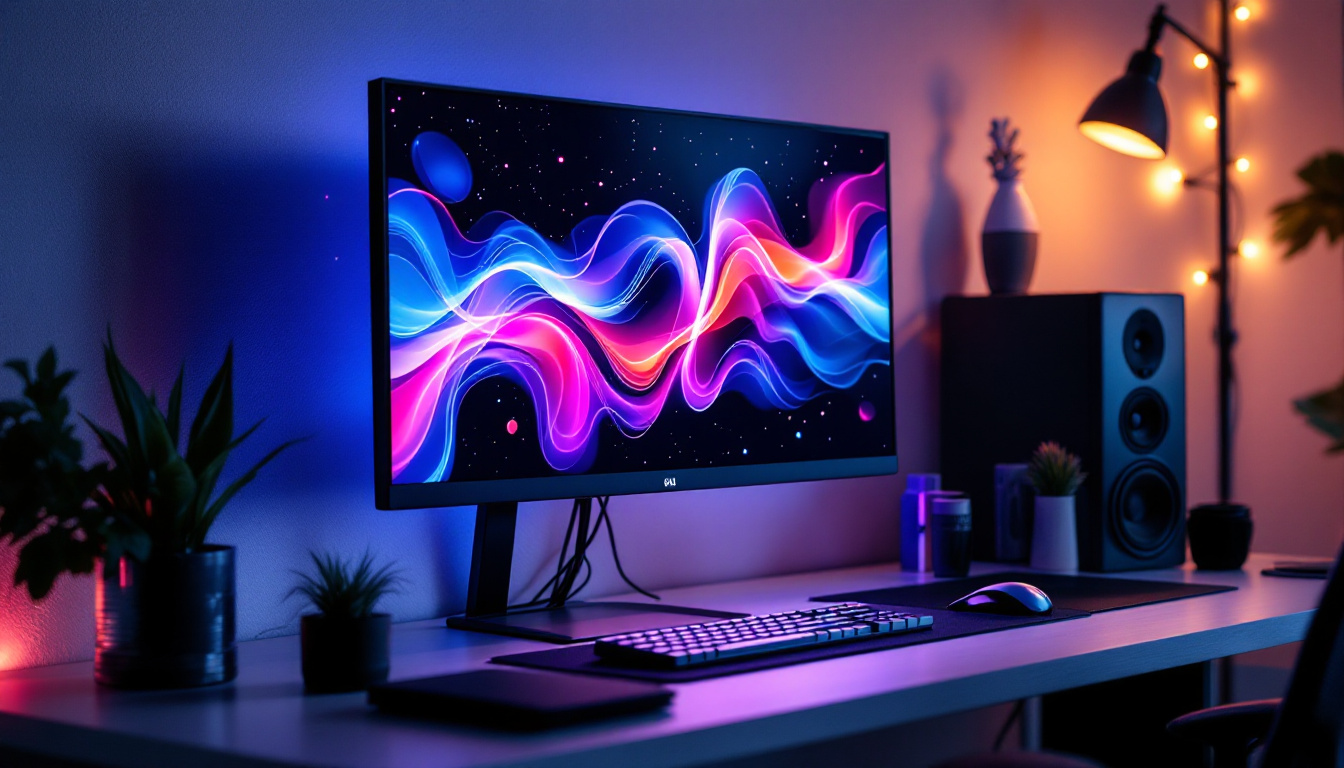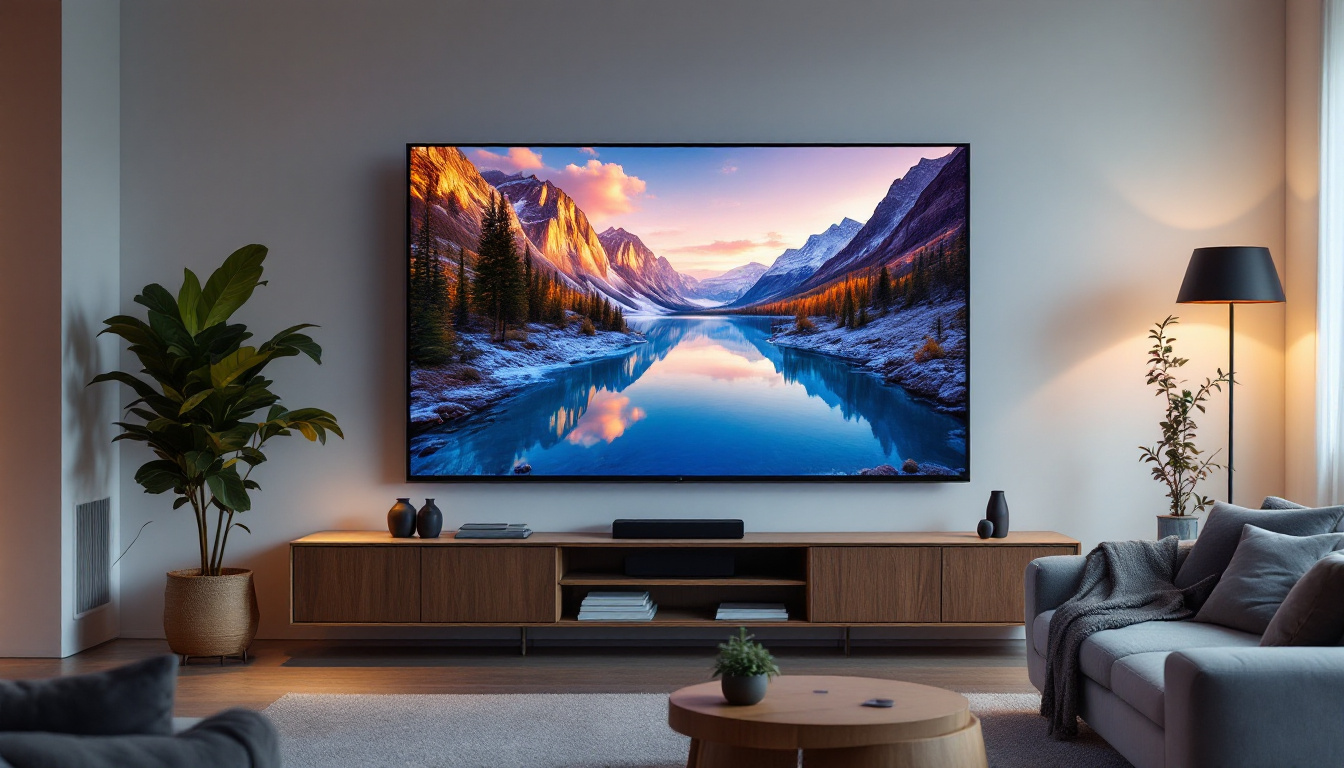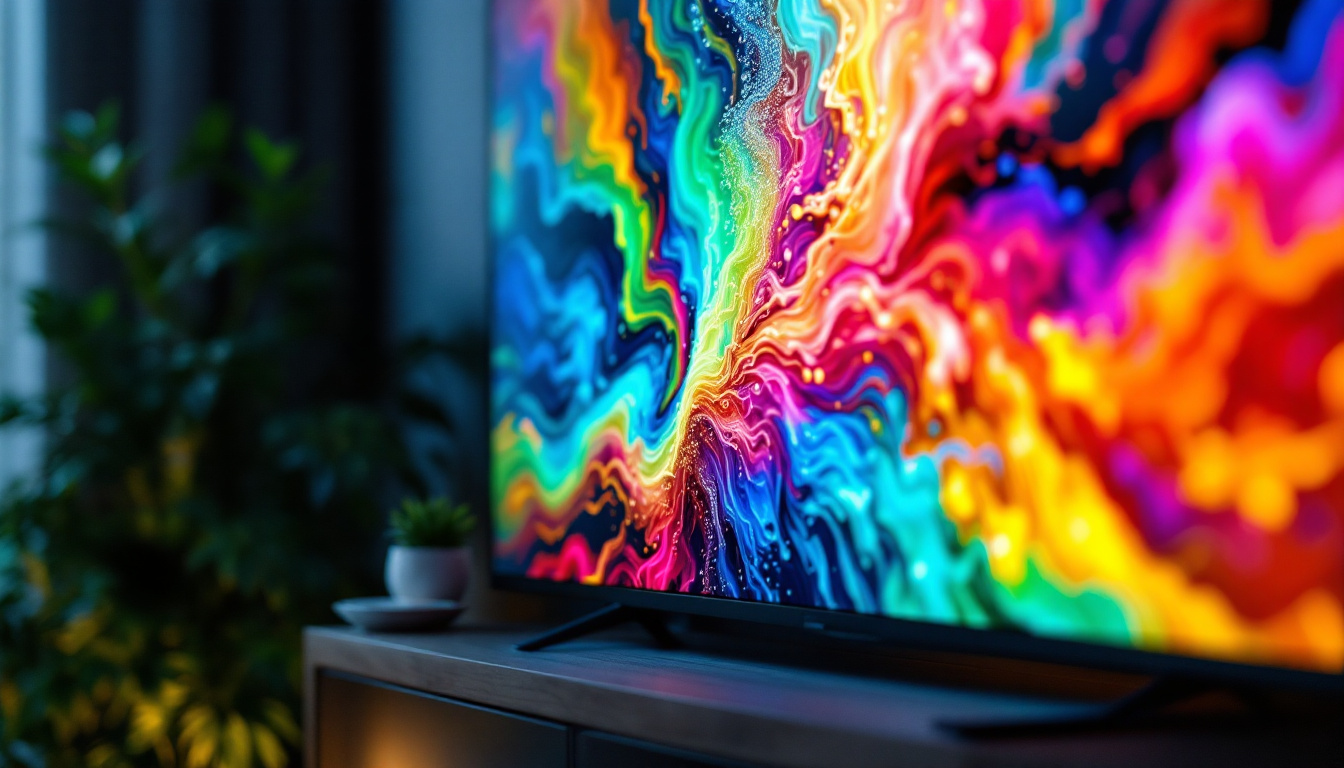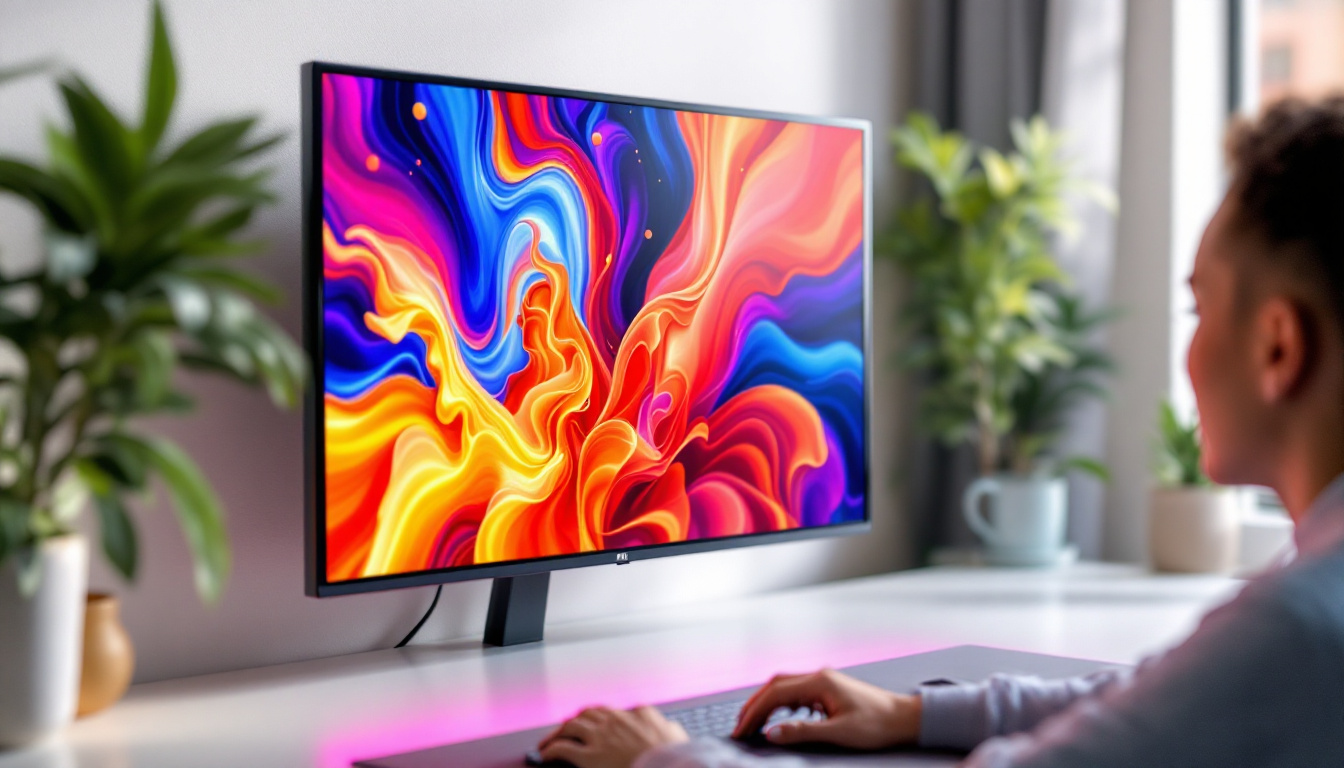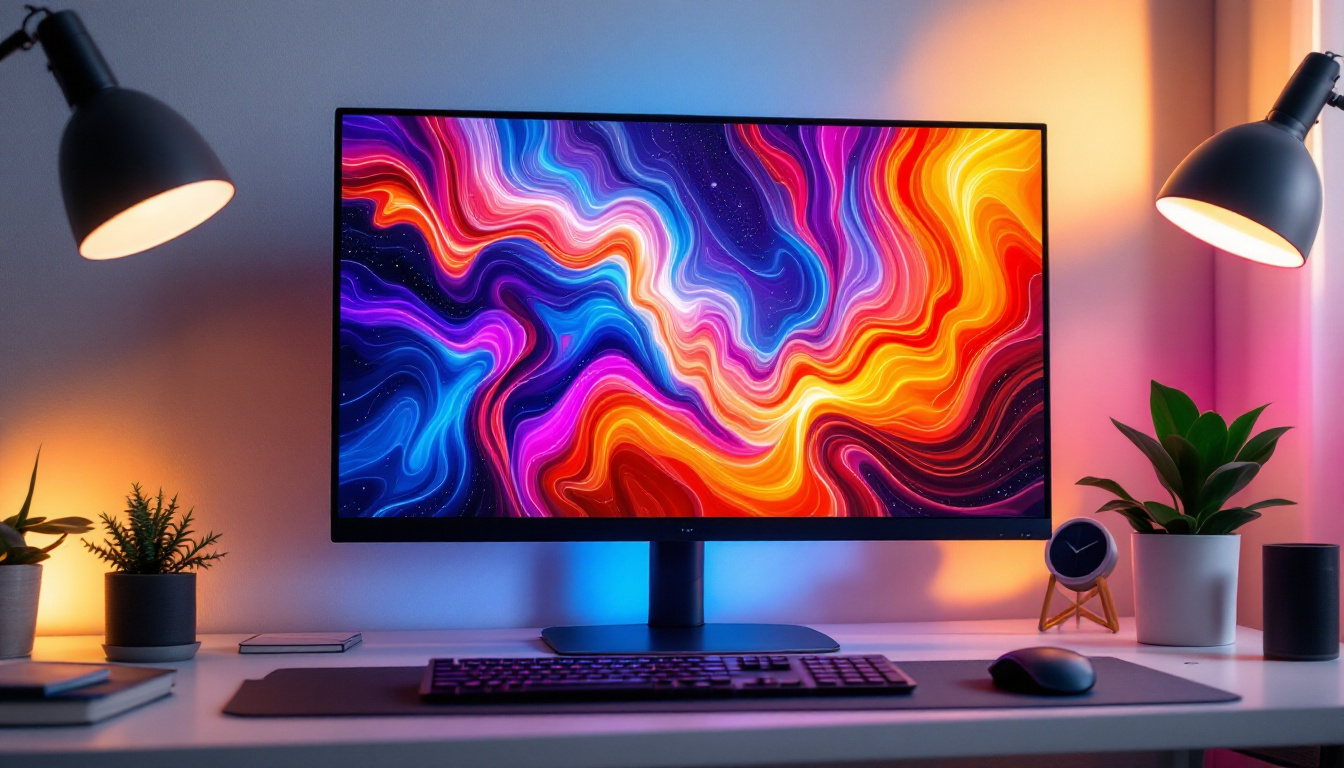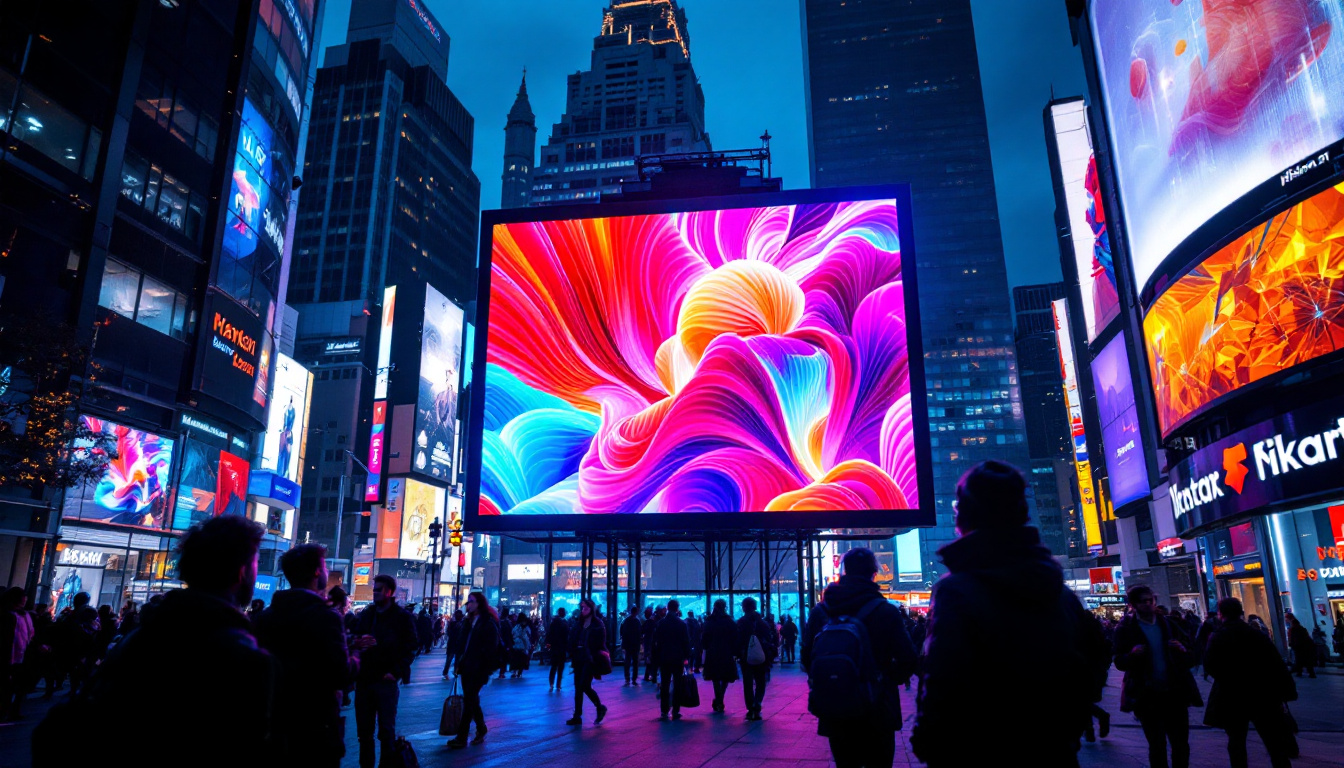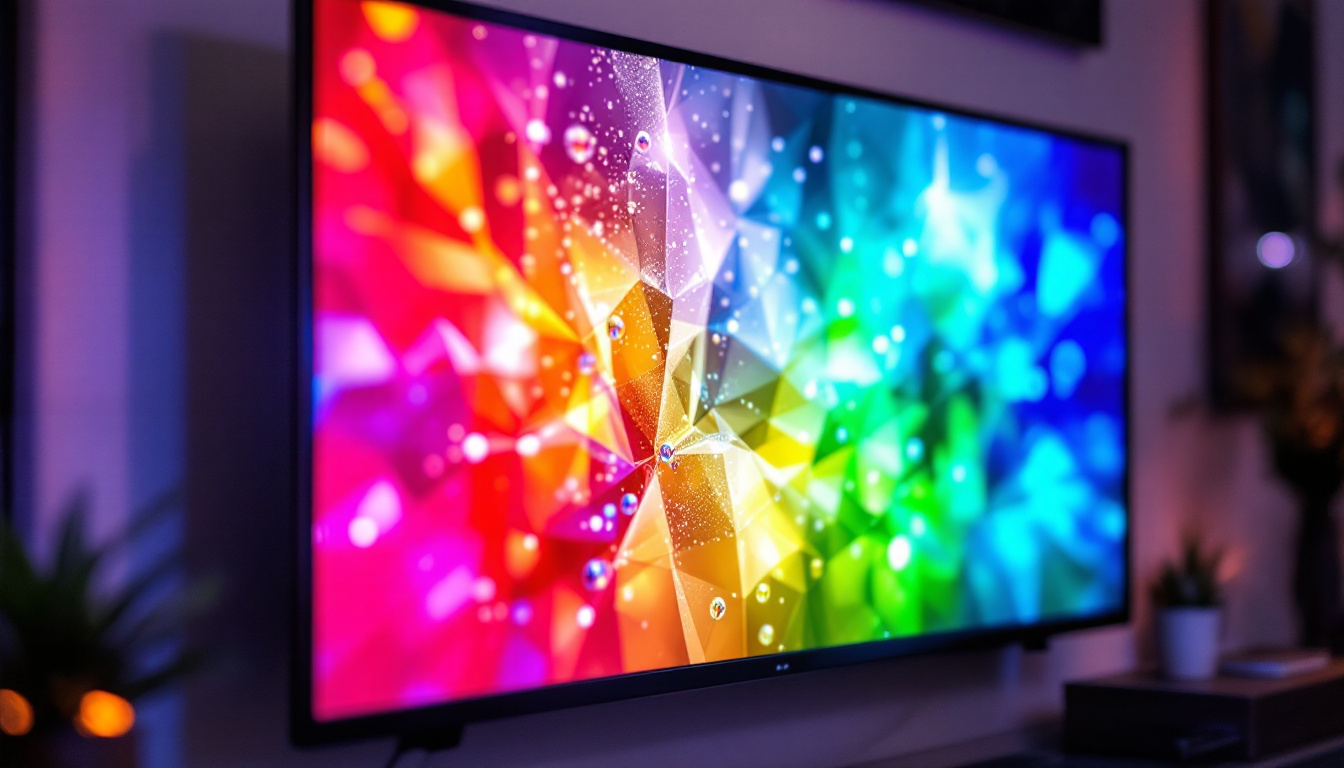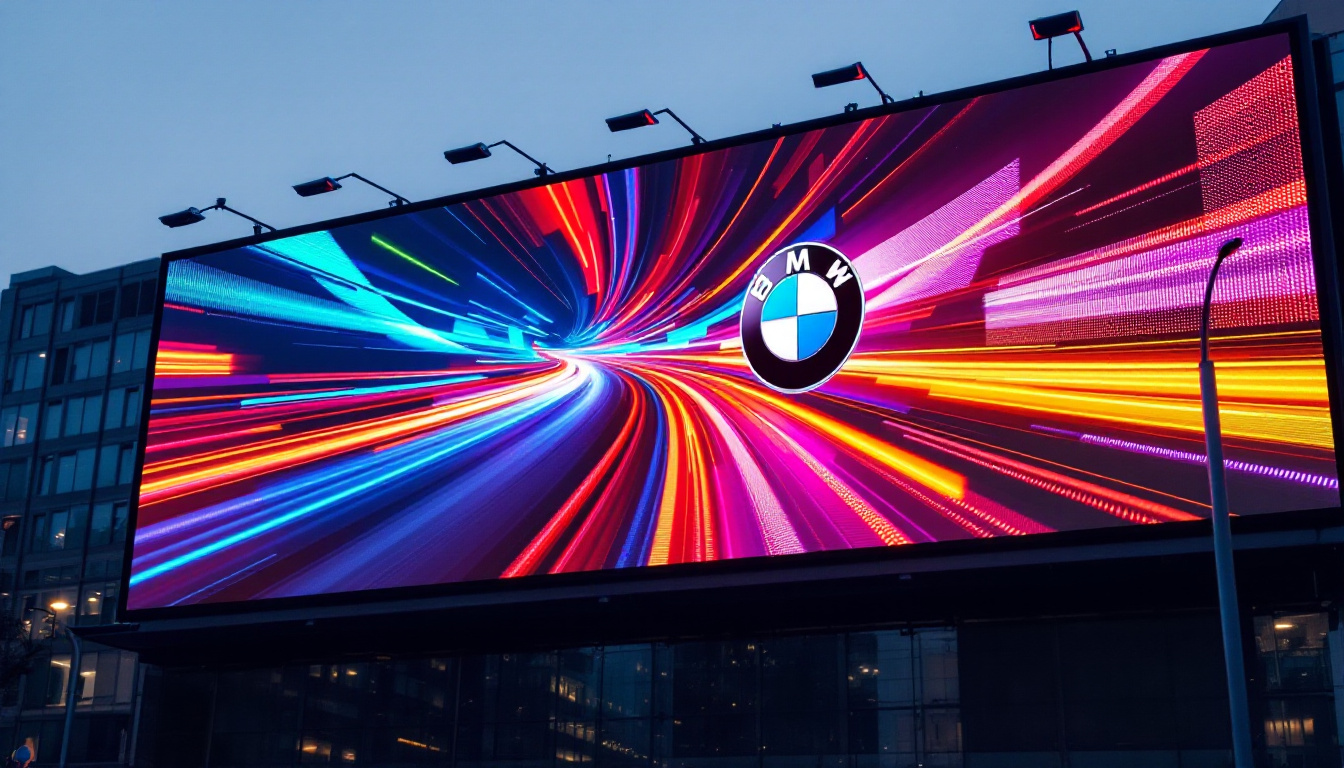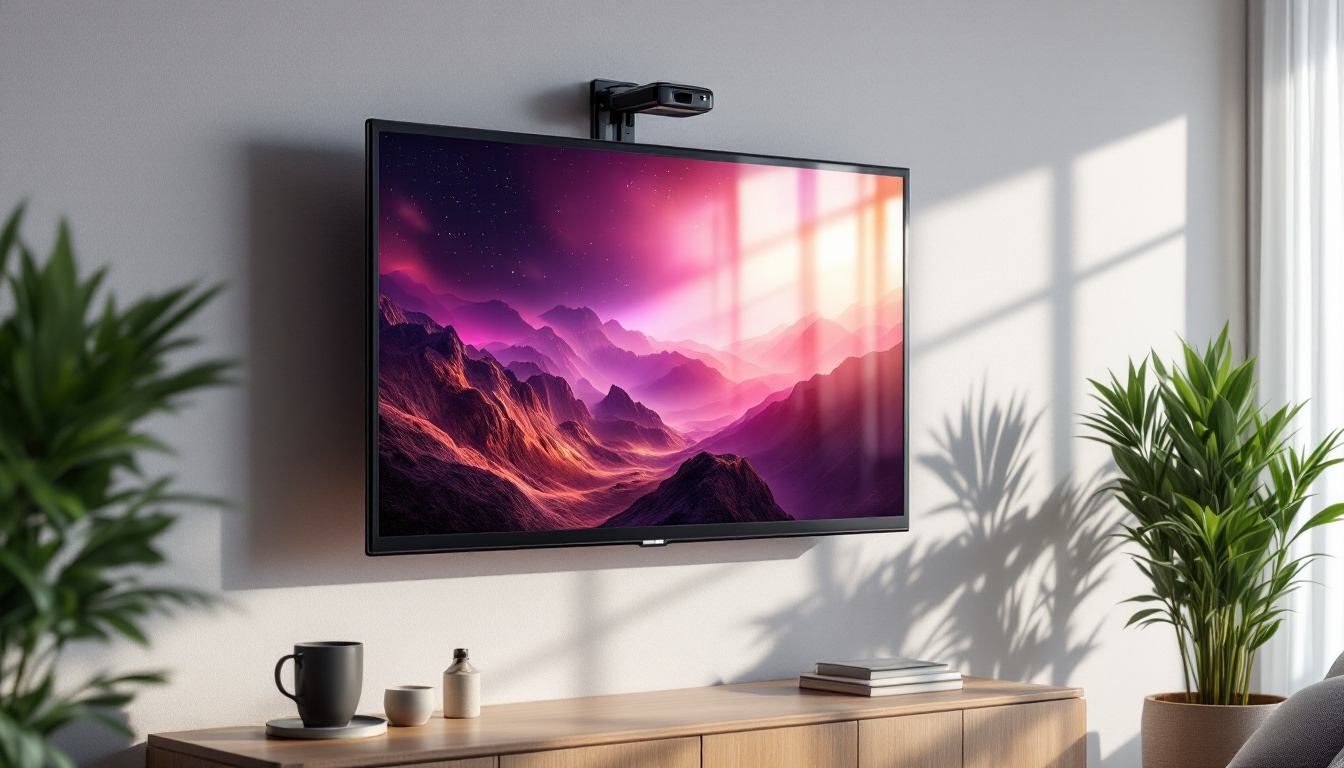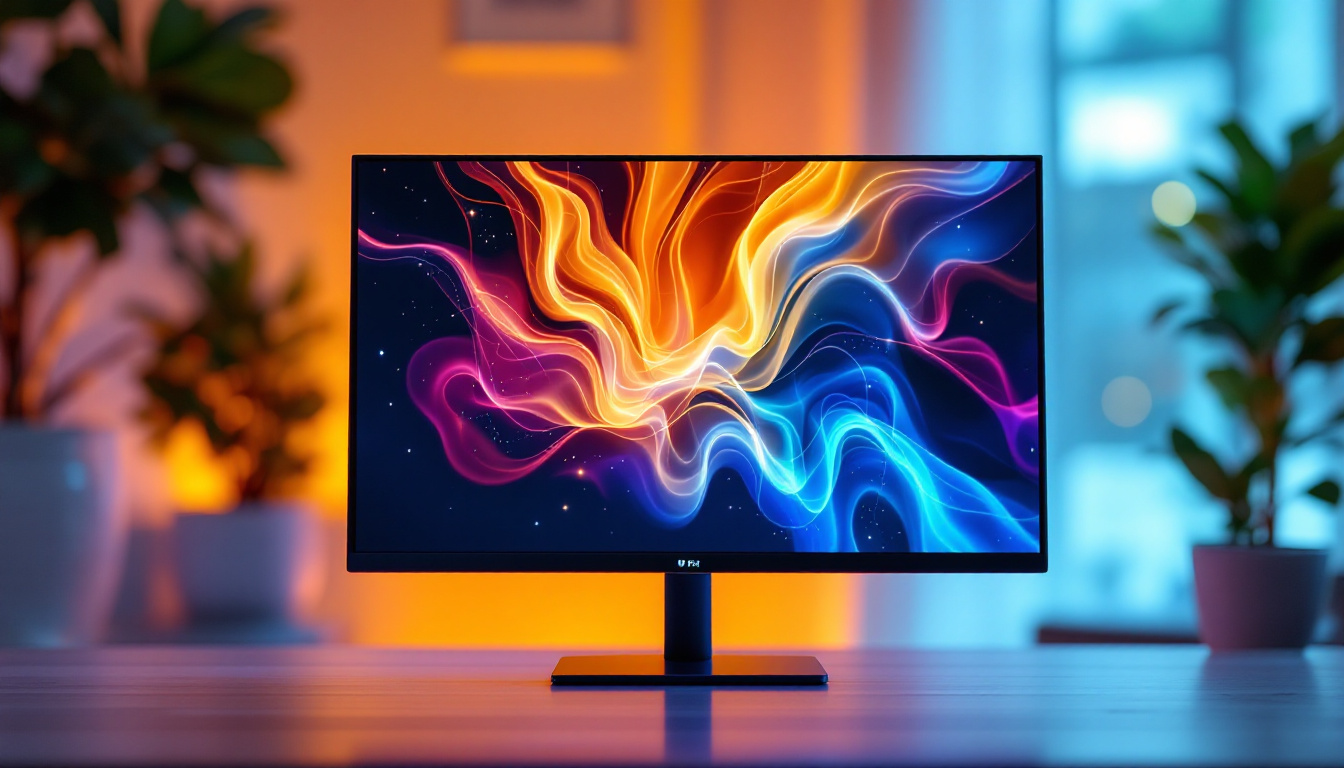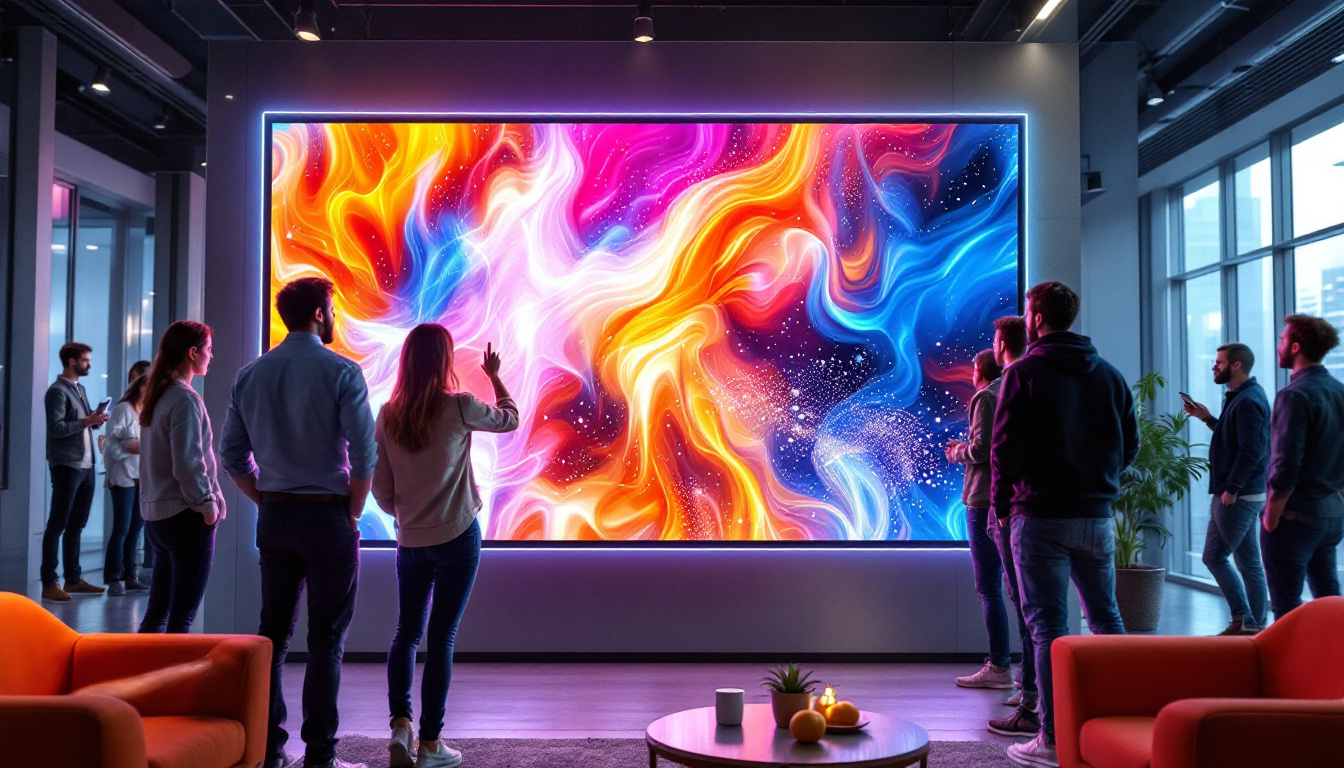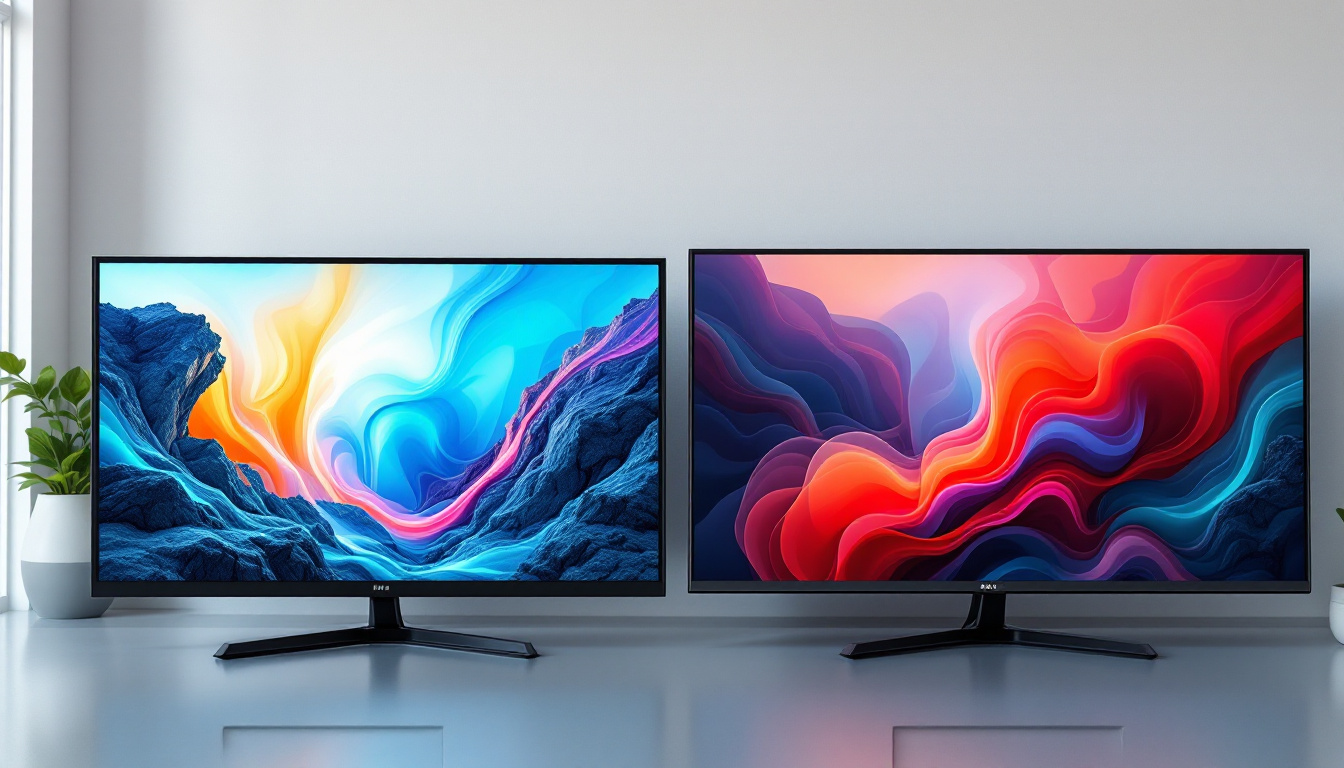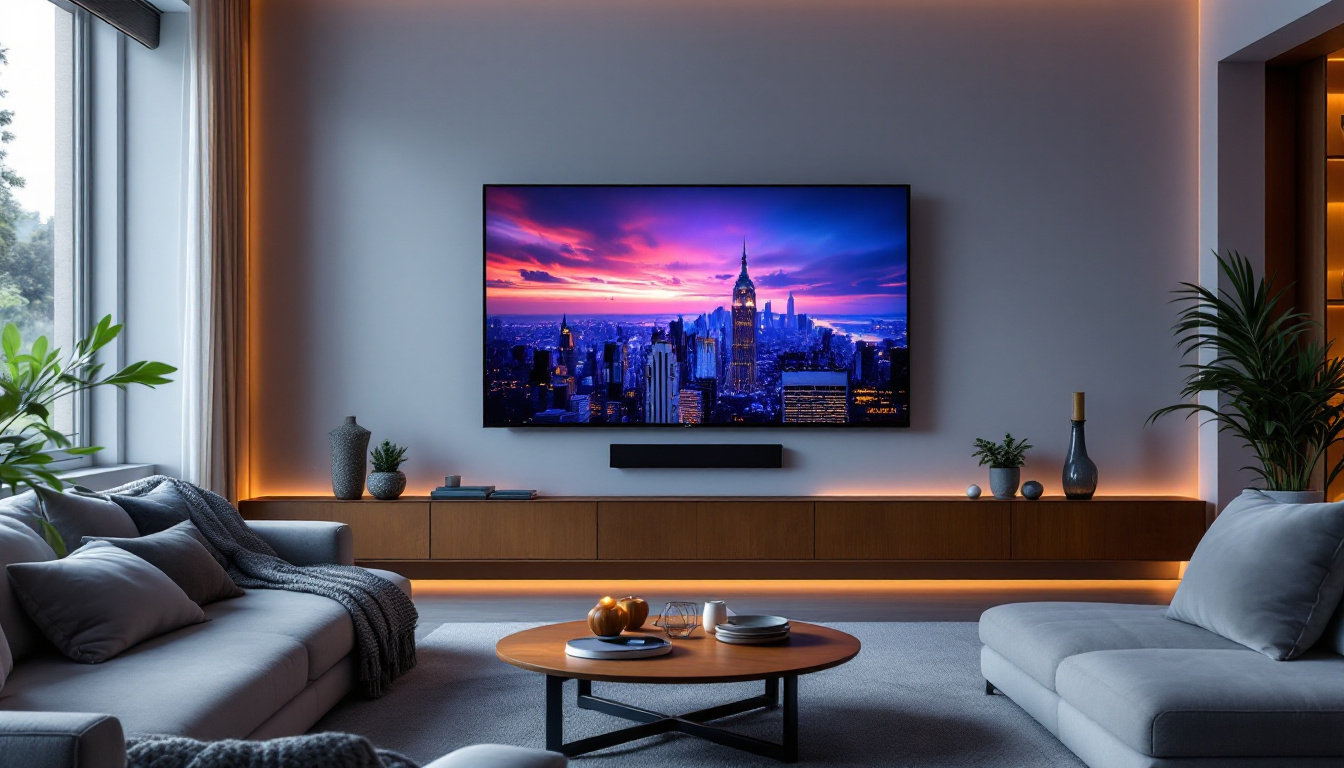In the world of modern technology, the On-Screen Display (OSD) plays a crucial role in how users interact with their devices. Whether it’s a computer monitor, a television, or any other digital display, the OSD provides essential information and settings that enhance the user experience. However, there are instances when users encounter the message “OSD is locked,” which can lead to confusion and frustration. This article aims to delve into what this message means, why it occurs, and how to resolve it, all while exploring the broader context of LED displays.
Understanding OSD and Its Importance
The On-Screen Display (OSD) is a user interface that allows individuals to navigate settings and options directly on their screens. It serves as a bridge between the user and the device, providing access to various functionalities such as brightness, contrast, color calibration, and input selection. The convenience of OSD has transformed how users interact with their devices, enabling them to optimize their viewing experience quickly and efficiently.
How OSD Works
OSD operates through a combination of software and hardware components. When a user presses a designated button on the device, the OSD activates, overlaying the current screen with a menu. This menu is typically navigated using the device’s remote control or buttons on the monitor itself. The OSD is designed to be intuitive, allowing users to make adjustments without needing to delve into complex settings. Behind the scenes, the OSD software communicates with the device’s firmware, ensuring that any changes made are reflected in real-time, enhancing user satisfaction and engagement.
Common Features of OSD
Most OSDs include a variety of features, such as:
- Brightness and Contrast Adjustment
- Color Calibration
- Input Source Selection
- Screen Positioning
- Audio Settings
These features are essential for tailoring the display to individual preferences and environmental conditions, making the OSD a vital aspect of modern displays. Additionally, many OSDs now incorporate advanced settings such as picture-in-picture modes, aspect ratio adjustments, and even presets for specific types of content, like gaming or movie watching. This level of customization not only enhances the user experience but also allows for a more immersive interaction with the device, catering to a wide range of activities from professional work to leisure entertainment.
Moreover, the evolution of OSD technology has led to the integration of accessibility features, ensuring that users with varying needs can also benefit from these interfaces. Features like voice navigation, larger text options, and high-contrast modes are becoming increasingly common, allowing a broader audience to enjoy the full capabilities of their displays. As technology continues to advance, we can expect OSDs to become even more user-friendly and versatile, further bridging the gap between users and their devices.
What Does “OSD is Locked” Mean?
When a user encounters the message “OSD is locked,” it indicates that the OSD functionality has been disabled, preventing any adjustments to the display settings. This lock can be a result of various factors, including user settings, device malfunctions, or even security features designed to protect the device from unauthorized changes. Understanding this message is crucial for users who rely on precise display settings for tasks such as graphic design, gaming, or video editing, where optimal visual performance is essential.
Reasons for OSD Lock
Several reasons can lead to the OSD being locked:
- User Settings: Some devices come with a feature that allows users to lock the OSD to prevent accidental changes. This is particularly useful in environments where multiple users may access the device. In educational settings or shared workspaces, this feature helps maintain a consistent display configuration, ensuring that everyone has the same viewing experience.
- Device Malfunction: In some cases, a software glitch or hardware issue may inadvertently lock the OSD, causing frustration for the user. Regular software updates and maintenance checks can help mitigate these issues, ensuring that the device operates smoothly and that the OSD remains accessible when needed.
- Security Features: Certain displays, especially those used in professional settings, may have security protocols that lock the OSD to ensure settings remain consistent and secure. This is particularly important in industries where color accuracy and display settings are critical, such as photography or video production, where even minor adjustments can significantly impact the final output.
Identifying the Lock Status
To determine whether the OSD is locked, users can attempt to access the OSD menu. If the message appears, it typically indicates that the feature is disabled. Some devices may also provide visual indicators, such as a locked icon, to signify that changes cannot be made. Additionally, users can refer to the device’s user manual or on-screen help guide, which often contains troubleshooting tips and instructions on how to unlock the OSD if necessary.
Moreover, understanding the specific model’s features can greatly assist users in managing their display settings. Many modern monitors come equipped with intuitive interfaces that allow for easy navigation through settings. Familiarizing oneself with these controls can save time and reduce frustration, especially in situations where quick adjustments are necessary. Users should also consider reaching out to customer support for assistance if they are unable to unlock the OSD, as they can provide tailored guidance based on the specific device and its capabilities.
How to Unlock the OSD
Unlocking the OSD can vary depending on the device and manufacturer. However, there are some common methods that users can try to regain access to the OSD settings.
Using the Device Buttons
Many displays have a physical button or a combination of buttons that can be pressed to unlock the OSD. This often involves:
- Pressing and holding the menu button for a few seconds.
- Simultaneously pressing specific buttons, such as the volume and input buttons.
Consulting the user manual for the specific device can provide detailed instructions on how to unlock the OSD.
Accessing the Settings Menu
Some devices allow users to access a hidden settings menu that can be used to unlock the OSD. This may involve:
- Entering a specific code using the remote control.
- Navigating through a series of menus to locate the OSD lock option.
Again, referring to the user manual or the manufacturer’s website can be beneficial for finding the correct procedure.
Resetting the Device
If the above methods do not work, a factory reset may be necessary. This process will restore the device to its original settings, including unlocking the OSD. However, it is essential to note that this will erase any personalized settings, so it should be used as a last resort.
The Role of LED Displays in Modern Technology
LED displays have become ubiquitous in today’s technology landscape, found in everything from smartphones to large-scale televisions. Their popularity can be attributed to several advantages they offer over traditional display technologies.
Advantages of LED Displays
LED displays provide numerous benefits:
- Energy Efficiency: LED technology consumes less power compared to older display types, making it a more environmentally friendly option.
- Brightness and Clarity: LED displays offer superior brightness and contrast ratios, resulting in vibrant images and text that are easy to read in various lighting conditions.
- Durability: LED screens are generally more robust and less prone to damage than traditional LCD screens, making them ideal for a wide range of applications.
Applications of LED Displays
LED displays are versatile and can be found in various applications:
- Consumer Electronics: From televisions to smartphones, LED technology is the standard for high-quality displays.
- Advertising: digital billboards and signage utilize LED displays for their brightness and visibility, capturing the attention of passersby.
- Professional Use: In fields such as graphic design and video production, LED displays are favored for their color accuracy and clarity.
Common Issues with LED Displays
While LED displays are generally reliable, they can encounter issues that affect performance. Understanding these common problems can help users troubleshoot effectively.
Screen Flickering
Screen flickering is a common issue that can arise from various factors, including:
- Incompatible refresh rates between the display and the computer.
- Loose or damaged cables connecting the display to the power source or computer.
- Software conflicts or outdated drivers.
Addressing these issues typically involves checking connections, updating drivers, or adjusting settings.
Color Calibration Problems
Color inaccuracies can detract from the viewing experience, especially in professional settings. Common causes include:
- Improper settings within the OSD.
- Environmental factors such as ambient lighting affecting color perception.
- Outdated graphics drivers.
Regular calibration using built-in tools or external calibration devices can help maintain color accuracy.
Dead Pixels
Dead pixels are another frustrating issue where one or more pixels on the display fail to function correctly. While this can occur in any display technology, it is particularly noticeable in LED displays. Solutions may include:
- Using software tools designed to fix dead pixels.
- Contacting the manufacturer for warranty support if the issue persists.
Maintaining Your LED Display
Proper maintenance can extend the lifespan of an LED display and ensure optimal performance. Here are some tips for keeping your display in top condition.
Regular Cleaning
Dust and fingerprints can accumulate on the screen, affecting visibility. Regular cleaning with a soft microfiber cloth can help maintain clarity. It is essential to use appropriate cleaning solutions that are safe for electronic displays to avoid damage.
Optimal Settings
Adjusting the display settings for the environment can enhance the viewing experience. For instance, reducing brightness in darker rooms can prevent eye strain, while increasing it in well-lit areas can improve visibility.
Software Updates
Keeping the device’s software and drivers up to date is crucial for performance. Manufacturers often release updates that can fix bugs, enhance functionality, and improve compatibility with other devices.
Conclusion
The OSD is an integral part of the user experience with LED displays, providing essential settings and adjustments. Encountering the “OSD is locked” message can be frustrating, but understanding the reasons behind it and how to unlock it can alleviate that stress. As LED technology continues to evolve, it remains a cornerstone of modern displays, offering numerous advantages and applications across various fields.
By maintaining LED displays and understanding their functionalities, users can ensure a seamless and enjoyable experience, whether for work, entertainment, or creative pursuits. Embracing the technology and knowing how to troubleshoot common issues will empower users to make the most of their devices.
Explore Cutting-Edge LED Display Solutions with LumenMatrix
If you’re looking to elevate your visual experience and avoid common issues like a locked OSD, LumenMatrix offers a wide range of innovative LED display solutions tailored to your needs. From captivating Indoor and Outdoor LED Wall Displays to dynamic Vehicle and Sports LED Displays, our products are designed to enhance brand visibility and create immersive visual experiences. Embrace the future of visual communication with our All-in-One LED Displays, LED Transparent Displays, and more. Check out LumenMatrix LED Display Solutions today and transform the way you share your message with the world.



